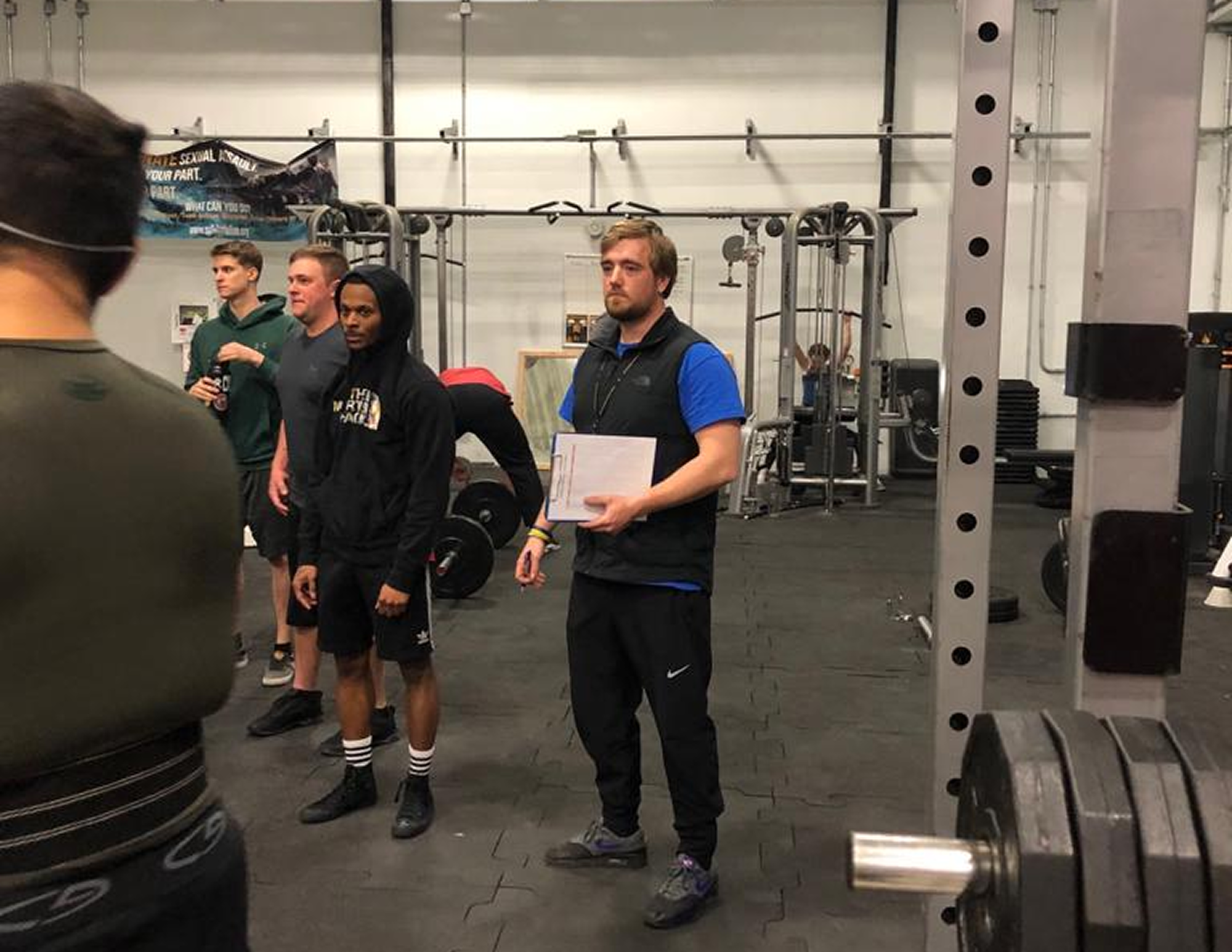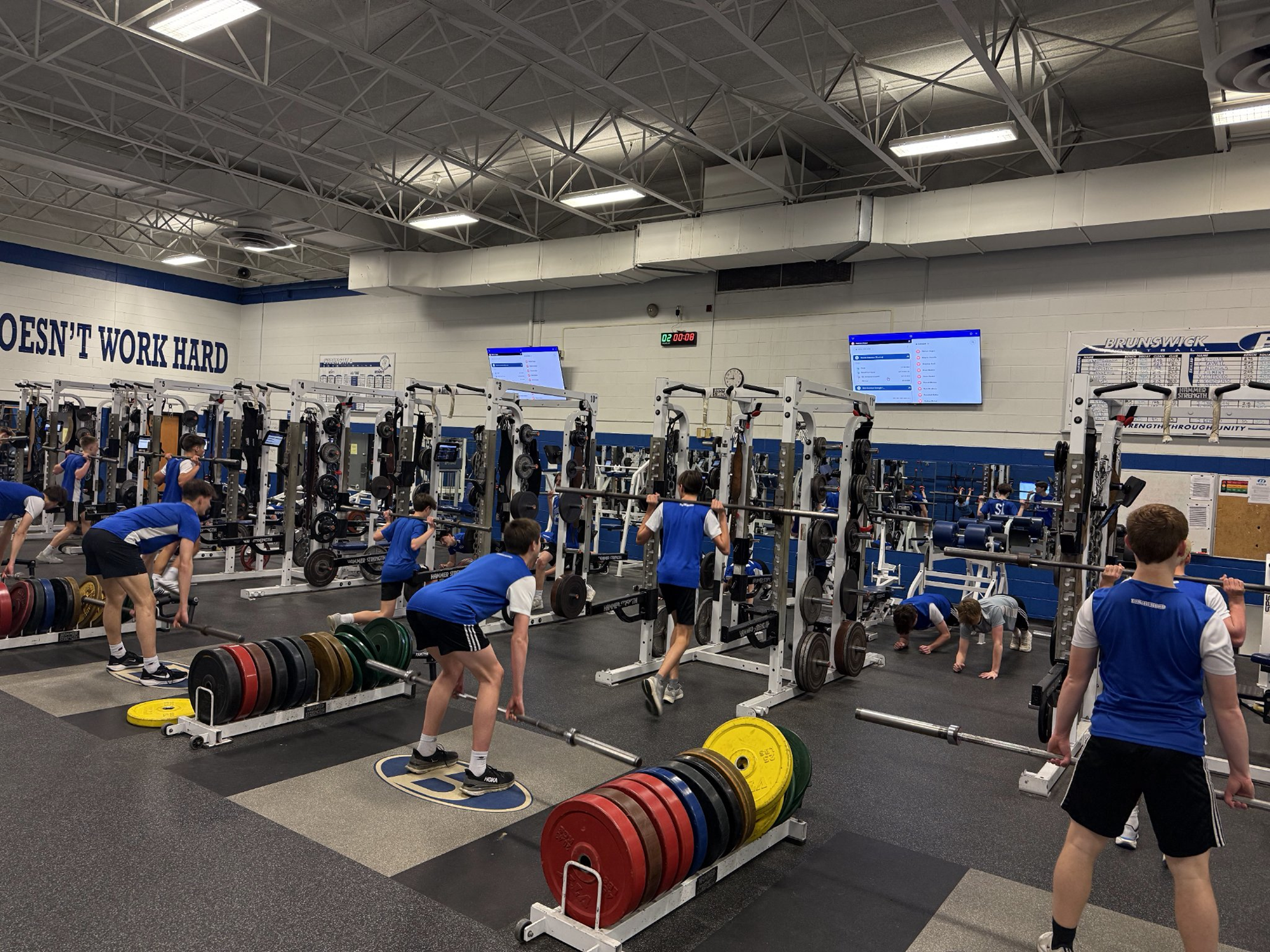How Salisbury University Created An Athlete Workload Tracking System
At Salisbury University, Matt Nein—Assistant Athletic Director and Head of Sports Performance—oversees the development of over 750 athletes. With a commitment to both peak performance and athlete safety, Nein sought a centralized system that could streamline programming, improve communication, and enhance injury prevention efforts.
“Our University has won 20+ National Championships so we are always striving to be different and gain an edge on our competition. TeamBuildr’s cutting-edge technology equips us with the tools to enhance our program and continue performing at an elite level,” Nein said.
TeamBuildr delivered that and more, offering scalable tools for both strength and practice planning while saving countless hours previously spent on spreadsheets.

Challenge
Managing performance training for hundreds of athletes across multiple teams was becoming increasingly complex. Matt’s staff faced inefficiencies due to manual Excel programming, inconsistent communication from sport coaches, and scattered data collection. Additionally, coordinating practice loads without a consistent reporting system made it difficult to monitor and adjust training demands appropriately.
Without standardized processes for workload tracking, both performance quality and athlete safety were at risk. Salisbury needed a unified, scalable solution that could support individualized programming and centralized data collection.
Solution
TeamBuildr became the all-in-one performance and planning platform that solved Salisbury’s biggest operational hurdles. The strength and conditioning platform allowed Nein to create and distribute individualized workouts at scale, while the copy and whiteboard feature streamlined delivery during large team training sessions. More than 750 athletes benefited from structured programming that could be easily adapted for injuries or equipment limitations.
They are also currently diving into our new product, TeamBuildr Practice. TeamBuildr Practice is an all-in-one practice planning platform for athletic programs, designed to simplify practice and elevate coaching. It aims to give coaching staff total control over sessions by eliminating guesswork, saving time, and aligning the entire program.
The athletic department has also developed a comprehensive system for monitoring athlete workload, enabling sport coaches to consistently report practice demands. This system captures both internal load—RPE questionnaires and sport coach perceived exertion scores of sessions and external load, integrating GPS tracking data and weight room metrics. TeamBuildr Practice allows coaches to intuitively plan sessions and then easily log these critical workload indicators, ensuring every aspect of an athlete's training is accounted for.
Salisbury employs a scientifically validated method for measuring internal load: the session-rating of perceived exertion (sRPE) scale, developed by U.S. sport scientist Dr. Carl Foster. This approach asks coaches to rate the difficulty of each training activity on a 10-point scale. The session’s total load is then calculated by multiplying this rating by the activity duration in minutes and then summing those scores.
This equipment-free method has been validated across a wide range of sports and competition levels. At Salisbury, the sports performance team sets specific session load targets for coaches, carefully considering factors such as competition schedules and recovery needs.
They monitor metrics such as Chronic Load (average weekly load over the past four weeks), Acute Load (total load of the current week), and Freshness Index (difference between chronic and acute load). The Monotony Index, which measures the variability of daily loads within a week, is also monitored closely. High training volumes combined with a Monotony Index above 2 have been identified as a significant risk factor for illness and overtraining.
TeamBuildr Practice provides dashboards that highlight what drills occurred at practice that day, allowing coaches to quickly identify potential overtraining risks or periods and adjust their practice plans proactively to optimize athlete well-being and performance.
By centralizing this data through TeamBuildr, coaches can consistently submit reliable workload information. This system plays a pivotal role in identifying spikes in training load—especially those exceeding 15% week-over-week, which have been shown to increase injury risk by up to 50% (Gabbett, 2016)—and allows the performance staff to make informed decisions that enhance athlete safety and performance.
Results
Salisbury has successfully scaled its performance programming across 750+ athletes without sacrificing safety, efficiency, or personalization. TeamBuildr’s centralized platform has enhanced communication between performance and sport coaching staff, improved data tracking, and significantly reduced time spent on administrative tasks.

Athletes appreciated the intuitive layout, easy access to instructional videos, and simple input for training and wellness data. Freshmen especially benefited from the ability to learn lifts visually. TeamBuildr’s document and links feature also played a vital role, giving athletes the ability to sign waivers digitally and enhancing safety and compliance protocols.
Athletes are more engaged, coaches are better informed, and the entire program runs with greater cohesion and clarity. Most importantly, TeamBuildr helps Salisbury proactively manage athlete workload and minimize injury risk—key components in maintaining their elite competitive edge and supporting their 20+ national championships.
“TeamBuildr takes the headaches away. It’s everything we’d want, narrowed down in one cost-effective platform.” – Matt Nein
References
Gabbett TJ.: The training—injury prevention paradox: should players be training smarter and harder?, Br J Sports Med, 50:273–280 2016.
Subscribe to our blog
Subscribe to receive the latest blog posts to your inbox every week.
Related posts

How Langley Air Force Base Scaled Tactical S&C Across Five Wings

Brunswick High School Strength & Conditioning Program
